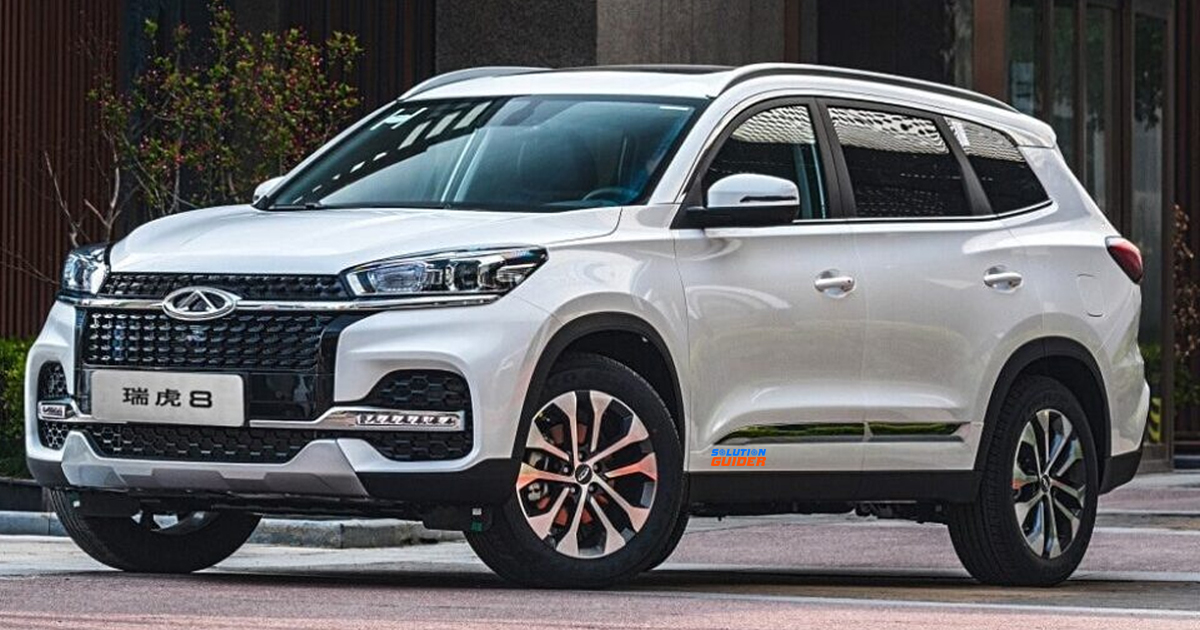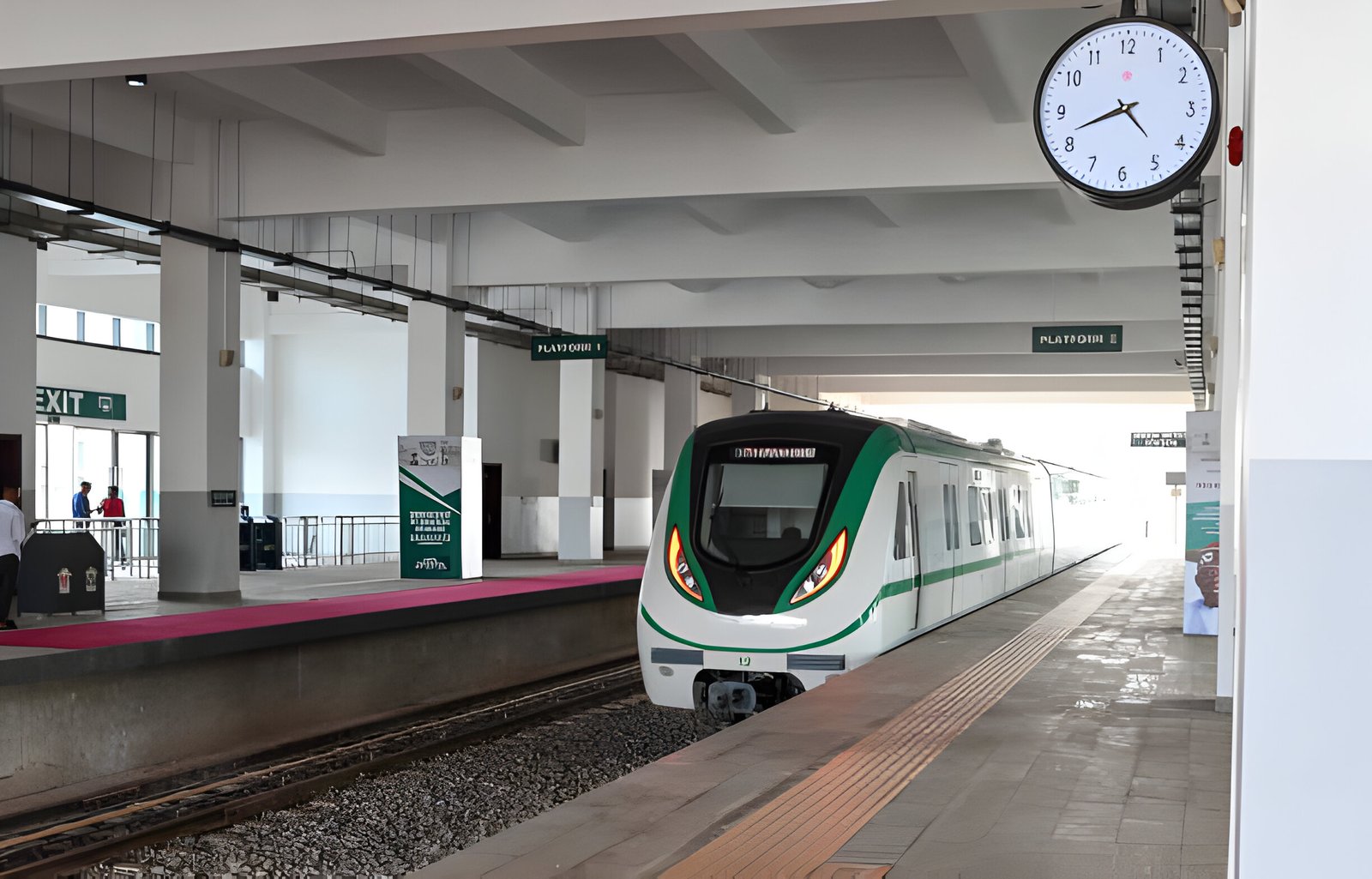 Experts at the just-concluded Automechanika Dubai say recycling and 3D printing will play a key role in achieving sustainability goals in the automotive industry.
Experts at the just-concluded Automechanika Dubai say recycling and 3D printing will play a key role in achieving sustainability goals in the automotive industry.
Sustainability and green initiatives, particularly the use of electric vehicles (EVs), were a key focus of the three-day exhibition, which concluded on Wednesday at the Dubai World Trade Centre.
Speaking at the exhibition, Group Operations Manager, Abdullah Al Masood & Sons, Dhanesh Sen, said the automotive industry accounts for up to 15 per cent of industrial emissions globally and that a vehicle’s carbon footprint can be seen throughout its lifecycle – from the manufacturing process through an operational phase to disposal of the vehicle.
The majority of automotive companies are now prioritising sustainability by placing the concept at the core of their policies and striving to cut carbon emissions by 50 per cent within the next decade.
According to Sen, the sector must adopt a ‘circular economy’, whereby materials are regenerated and waste is kept to a minimum. 3D printing, which was first invented in the 1980s, is seen as a highly effective solution to sustainability challenges and is already being used by the biggest brands in the automotive industry.
3D printing is also used to prototype a range of auto parts, from simple interior trim pieces to complex engine components, allowing automakers to test new designs and make changes quickly and easily.
“Global EV sales are expected to grow from 6.6 million units in 2021 to 66 million units in 2030. The rapid growth in EV sales will significantly increase the number of EV batteries that reach the end of their useful life each year. This creates a new market for recycled parts in the automotive industry,” said Sen.
The latest research suggests that 35-50 per cent of auto parts will be made from recycled materials by 2030 while the biggest brands in the industry have already jumped on board.
For instance, Audi Q4 e-tron boasts of a high proportion of recycled material, while in the case of Audi A3, up to 89 per cent of the textile used originates from recycled PET bottles.
Ford has announced that the new Bronco Sport will be the first production vehicle to include 100 per cent recycled ocean plastic components.
Meanwhile, as the automotive aftermarket industry gathered, the latest market developments were shared during a series of sessions on the exhibition’s main stage.
Addressing the growth opportunities and changing trends in the Gulf Cooperation Council (GCC) aftermarket, Principal Consultant, Mobility, Frost and Sullivan, Subhashree Ramarathnam, also touched on the opportunities that EVs, a key focus at the exhibition, represent for the aftermarket sector.
“The aftermarket revenue in the light vehicle sector in the GCC stood at $9.7 billion in 2022, predicted to grow at a yearly rate of 4.4 per cent over the next five years, reaching a forecasted $12 billion in 2027 (Light Vehicle Aftermarket: Revenue Forecast, GCC 2022-2027f). This includes revenue from parts as well as labour,” she explained.
According to Frost & Sullivan research, the main growth driver for aftermarket revenue is the number of vehicles on the road, with the forecast for the number of light vehicles in the GCC expected to be 15.9 million this year.
This figure is expected to rise to 17 million by 2027. The growing young population in the region, rising income levels, urbanisation and ease of financing were pinpointed as the key contributing factors to this upward trend. Cars are also staying on the road for longer, with a vehicle’s average life span moving from 7.5 to eight years.
“Considering the growth predictions for the region’s automotive aftermarket, the main opportunities in the GCC aftermarket include the digitalisation of parts trading and retail servicing, aftermarket branded parts, the rise of mobile on-demand aftermarket service providers and the electrification of cars,” concluded Ramarathnam.
Frost and Sullivan estimate that by 2030, EVs will constitute 17 per cent of new car sales in the Middle East and North Africa market, while in Africa; they estimate this figure to stand at approximately nine per cent. The research also suggests 300,000 EVs on the road in the UAE and KSA by 2027. Aftermarket opportunities related to EVs include battery replacements and upgrades, specialty tyres, charging-related accessories, software updates and battery recycling.
Portfolio Director at Messe Frankfurt Middle East, Mahmut Gazi Bilikozen, the organiser of Automechanika Dubai, said this fascinating research paints an optimistic picture for the automotive aftermarket industry in the coming years.






